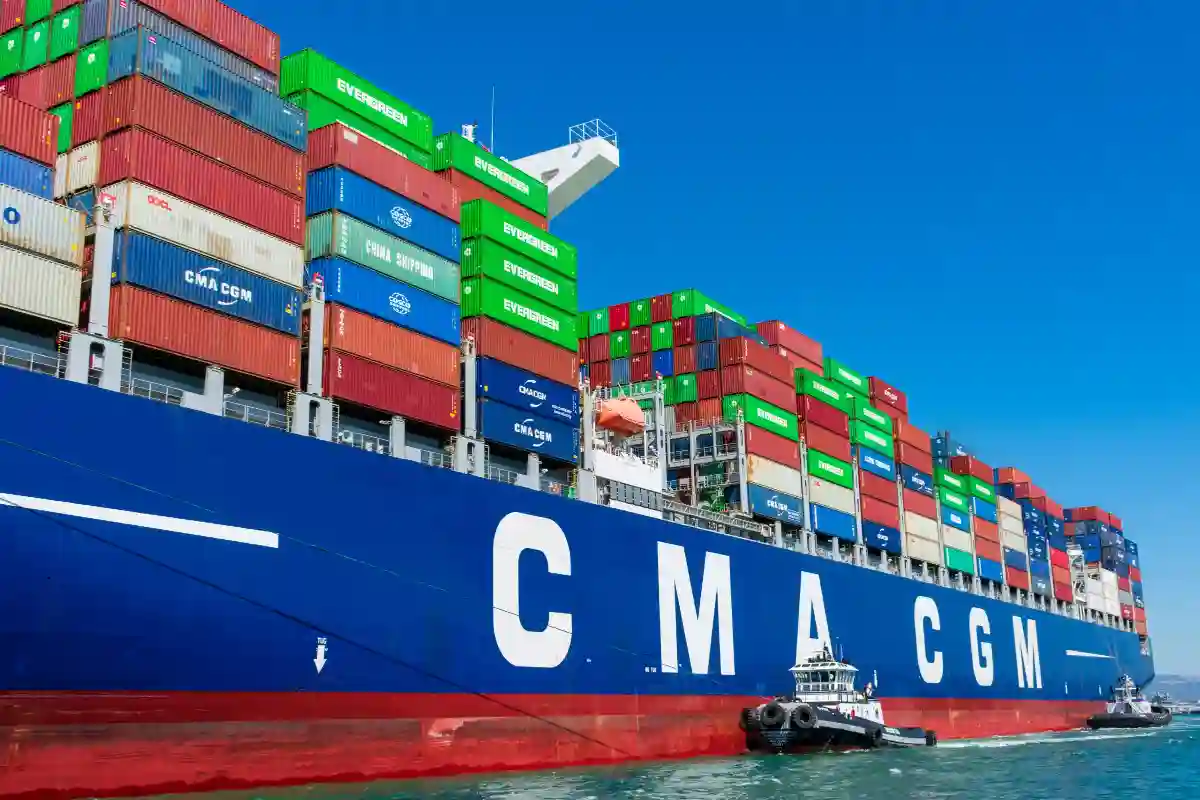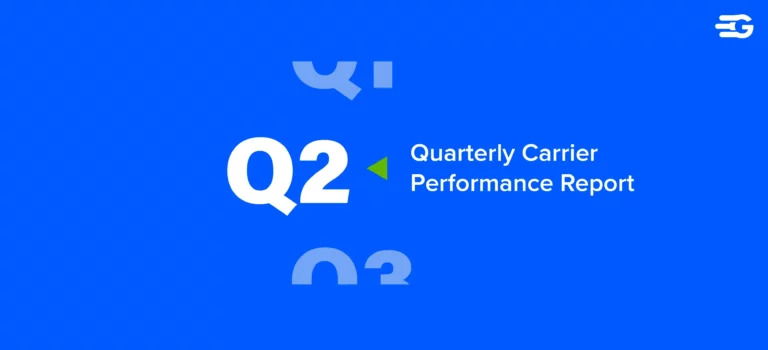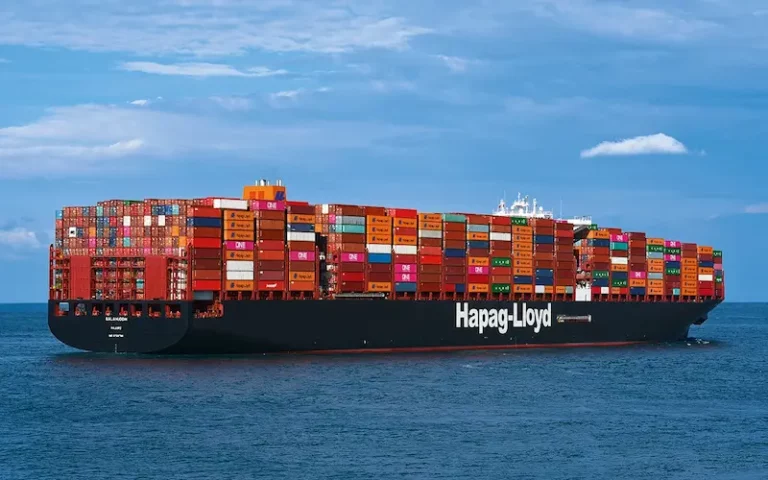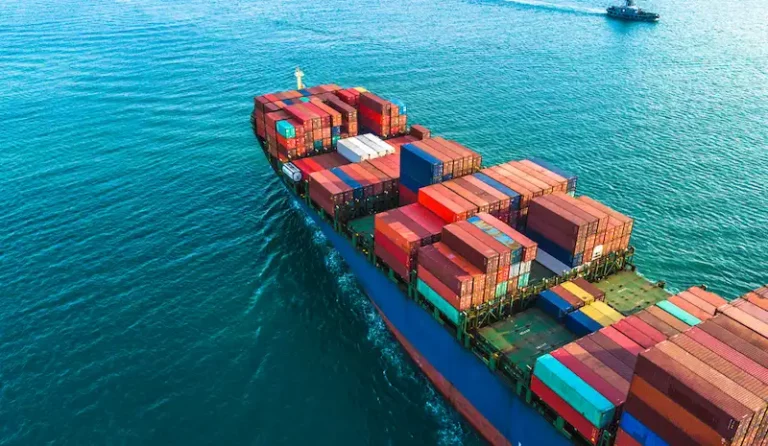Top 6 parameters to analyze your shipping line’s performance
Choosing the right shipping line is one of the most integral and crucial aspects of a supply chain manager’s job. If made correctly, it is one of those decisions that could impact the business positively. If not, the consequences will have a lasting impact.
So should you choose a shipping line based on its popularity and position in the market? Well, there is more to choosing the right carrier for your business than just going by popularity. It must be done based on data insights rather than intuition.
What parameters do you need to consider while evaluating your carrier’s performance? We present a list of metrics you need to make an informed decision.
Here are the top six crucial parameters to analyze your shipping line’s performance:
1. On-Time performance
Time is a crucial element in the shipping industry. To ensure you get the best services from your carrier, it is essential to share your expectations in terms of performance metrics with your carrier beforehand.
Some companies use real-time tracking platforms to gauge the performance of their carrier. This way, one can compare the disparity between scheduled and actual delivery dates and understand whether the carrier’s performance is effective or not.
2. Freight claim statistics
Examining a carrier’s freight claims is another vital element in assessing carrier performance. Getting these claim statistics from the carrier can help a company to gain insights into the carrier’s performance.
How can these metrics help while evaluating a carrier? The statistics can:
- Help minimize the risk burden of the shipper or consignee.
- Ensure the carrier’s reliability if the claims filing is processed promptly.
3. Information sharing
The Cruciality of information is known to everyone. In shipping, the following information sharing about the following is very important.
- Shipment status
- Near-real-time GPS tracking/ location data
- Electronic PoD (Proof of Delivery)
Choosing a carrier with high visibility and information over the above parameters will be effective in the long run. The shipment’s movement is often not updated on the carrier’s website. For this reason, many companies have started using real-time tracking platforms that can provide them with end-to-end visibility of the movement of their cargo, irrespective of the shipping line and the volume of containers.
4. Fallouts
Fallout occurs when a carrier accepts a load tender and, maybe due to lack of capacity, hands the load back or denies taking the shipper’s cargo through their carrier line. Fallouts can directly lead to an increase in transportation costs. That’s why measuring the percentage of loads from which a carrier “falls out” can give visibility over the biggest offenders.
5. On-Time and accurate invoice
Keeping invoices accurate and receiving them on time is another crucial metric to consider when judging your carrier’s performance. A proper invoice processing mechanism from the carrier helps in:
- Eliminating billing errors.
- Determining if contracted pricing is being met.
- Determining if the carrier is meeting service standards.
A hassle-free invoice processing allows shippers to handle their cash flows better, plan for the future, and precisely forecast expenditures.
6. Information review
To maintain long-term relations with your carriers, you should focus on partnerships and not just transactions. The best carrier analyzing process means nothing if you cannot use the information to improve your overall supply chain performance. If you identify problem areas with your shipping line, make sure to pass that feedback and keep the lines of communication flowing freely.
Choose the best shipping line for your business
Apart from these six parameters, there are other crucial areas to consider while choosing a shipping line. For instance, you can select a shipping line that performs well between the two geographies where you often move your cargo. Having additional information such as the performance of each carrier geography-wise, lane-wise or based on the criticality of your cargo could help you plan your shipments better and avoid incurring unnecessary costs and delays.
Need help in making cost-effective supply chain decisions? We can help you select the right shipping line based on years of historic data and offer end-to-end container tracking with utmost supply chain visibility. Reach out to us for a free demo to perfect your container tracking. Start with a 15-day trial.






